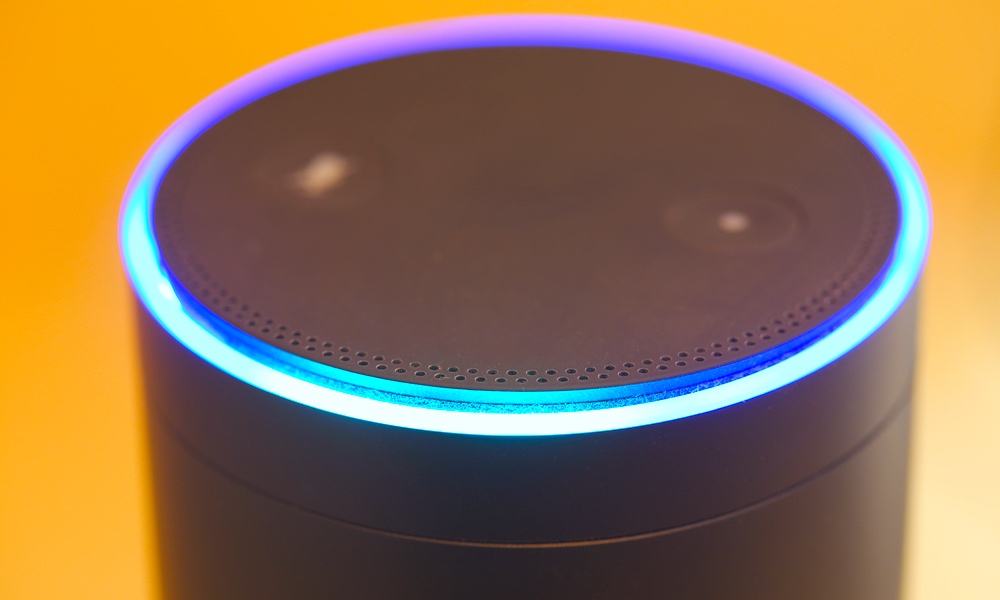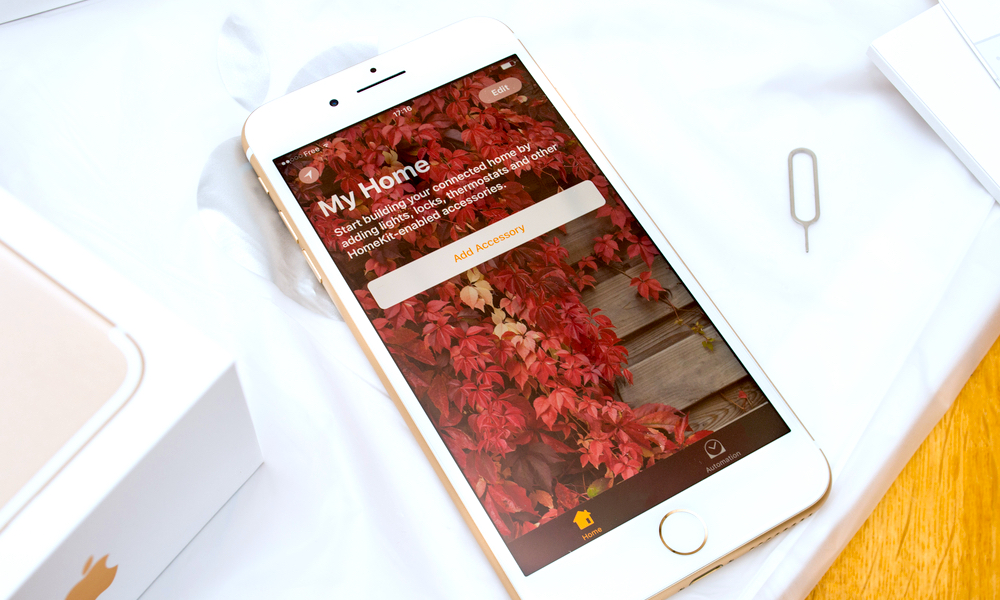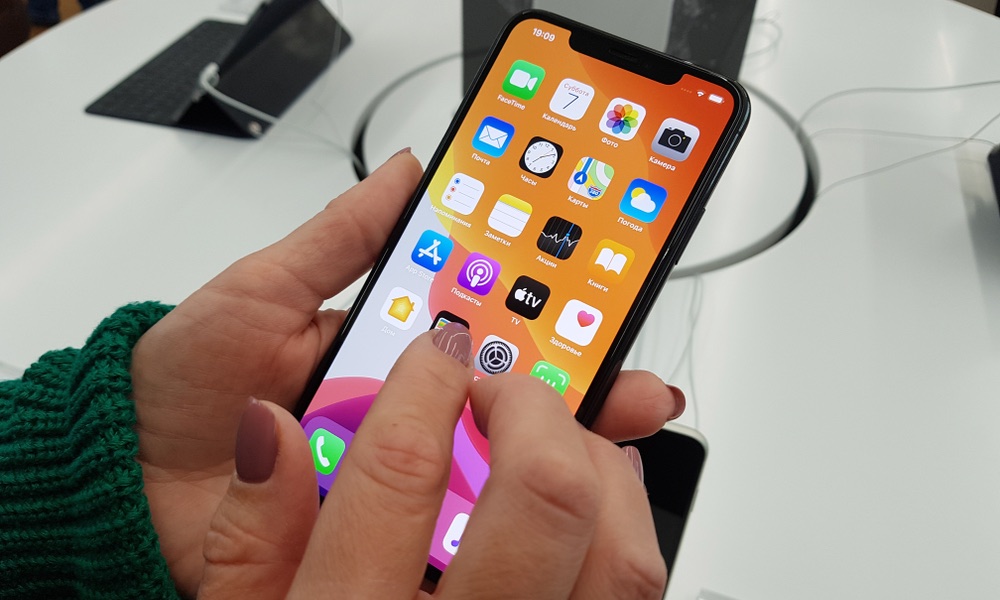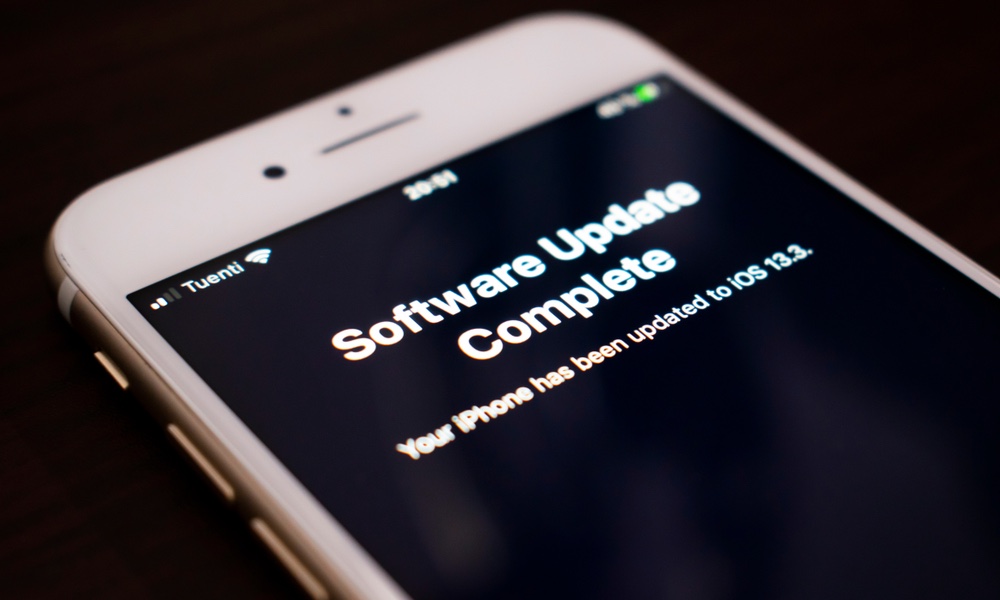7 Things You Should Know Before Expanding Your Smart Home
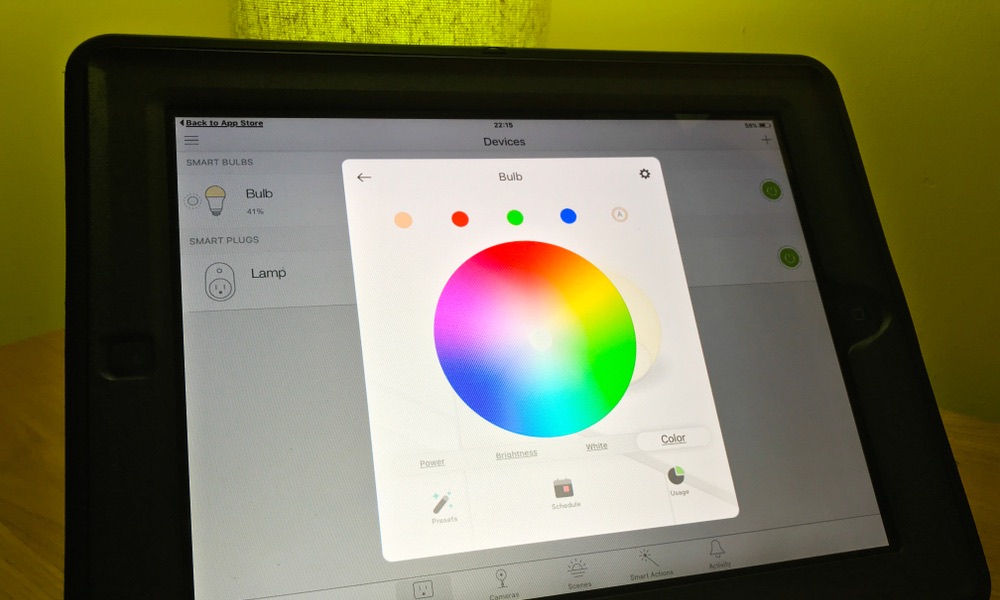 Credit: The Dark Knight / Shutterstock
Credit: The Dark Knight / Shutterstock
Toggle Dark Mode
Smart home devices have never been more affordable, or more useful in our daily lives – most of us have at least one by now, and a growing number of people rely on automation throughout their homes. But there’s still a lingering problem: smart home compatibility between devices.
If you’re tired of switching between apps for every smart device you have, or if you wish your smart devices could talk to each other more easily for setting up routines, then you’ll love that Apple is trying to make it easier with newly patented tech. Until then, we’ll outline actions that can help! This is an excellent guide to read before buying any smart home devices at all, so you’ll make the right decisions from the beginning.
Make Sure Your Smart Devices All Operate on the Same Frequency
Today, the average smart device is designed to work on 2.4GHz Wi-Fi, end of story. However, other protocols are floating around, including ZigBee and Z-Wave, which are made to function on other radio frequencies. If you have one device that uses Z-Wave to connect and another device that uses Wi-Fi, it’s unlikely that they will be able to work together.
The sole exception to this rule is some rare hubs, such as premium Echo devices, that are designed to accept both ZigBee and Wi-Fi signals to unite different kinds of smart devices under one platform. However, unless you specifically target those devices, you need to make sure everything is on the same wavelength – literally. Seriously consider replacing any older devices with new models that can use Wi-Fi if you want everything to work together.
What Are Your Current Devices Compatible with?
If you’ve been collecting smart devices for a few years, it’s time to take inventory. Look up your smart devices and check what platforms they are currently compatible with. This will be in the features section or specifications of any product page, where they will list the platforms that can control your smart device. Keep in mind that this can change over time, so double-checking is a good idea unless you are sure.
Choose a Central Smart Home Management Option
Your list may show a single platform that can work across all your devices, in which case your choice is easy. In some cases, you may find that multiple platforms will work across your devices. Or, if you don’t have many smart devices yet, you may have a lot of options for a central management system. Common platforms to choose for this include:
- Apple HomeKit: If everything is compatible with HomeKit, you can control it all from the Home app and Siri, which is ideal for easy management.
- Alexa: Alexa has probably the broadest smart device compatibility on the market, making this voice assistant/app an excellent choice for uniting a vast array of smart devices under one roof of control. Alexa also supports routines and other more complex setups.
- Google Assistant: While Google Assistant compatibility saw a shake-up a couple of years ago, many devices are still compatible with Google Assistant. Or, if you only buy Nest devices, you can control everything through the more focused Nest app.
- SmartThings: Samsung’s SmartThings platform is more suited toward security devices, but can support other smart devices as well.
If Necessary, Pick a Single App for In-Depth Management
If you really want to manage all your smart devices from a single app all the time, you may need to limit your purchases to one brand. Broad platforms are fine for general control and commands. But digging into settings may require a brand-specific app. If you want this to be easier, you need to make sure all of your devices are from the same brand and work on the same app.
Popular brands with an array of smart devices under a single app roof include TP-Link Kasa, Nest, Belkin WeMo, Lutron, Wink, and Philips Hue. Depending on what smart devices you use, it may be possible to control everything from one of these brand’s apps. You can also choose a platform like Alexa to use for control, but it’s not necessary when everything is from the same brand.
Only Choose New Devices Compatible with Your Platform/App
With a platform (and possibly a branded app) chosen, your smart home shopping just got a lot easier. Research devices and make sure they work with your chosen platform, and you won’t have problems making everything work together! The platforms we mentioned aren’t going anywhere anytime soon, so losing support shouldn’t be a worry.
Expect Some Installation Work
Be patient during installation. Even with great platform compatibility, there’s still work to be done. Most devices will require you to download their individual app for setup and connection to a platform, and potentially keep that app around for settings or reboots. You won’t be using that app much, if at all, once your device is connected, but it’s necessary during installation.
Don’t Forget Updates
The good news is that Apple patent we cited earlier is the sort of technology that makes this complicated setup unnecessary, and things are slowly changing in this regard.
Finally, don’t forget periodic updates to all your devices and apps. This ensures that they stay compatible and that bugs or other issues don’t suddenly force everything to stop working together.


